Scientists of UT Health San Antonio cure Type 1 diabetes in mice for one year without side effects, hoping it would also allow Type 2 diabetics to cease insulin shots.
The research made at the University of Texas Health Science Center, now called UT San Antonio proved that their innovative technique stimulates the cells within the pancreas that emit insulin.
The Scientists` plan is to conduct human clinical trials over the next three years but first they would have to test the $5 million technique on large animal studies.
Those studies will precede an application to the U.S. Food and Drug Administration for Investigational New Drug (IND) approval, Bruno Doiron, Ph.D., a co-inventor explained.
UT Health San Antonio received the patent in January and has already started a search of a company to begin with commercialization of the cure. Their expectation is that the cure will work for human beings as it did for mice.
According to Dr.Doiron, his strategy ‘’worked perfectly’’ in mice for one year and there weren`t any side effects. ‘’ That’s never been seen. But it’s a mouse model, so caution is needed. We want to bring this to large animals that are closer to humans in physiology of the endocrine system.”
Ralph DeFronzo, M.D., professor of medicine and chief of the Division of Diabetes at UT Health, is co-inventor on the patent explained briefly the therapy:
“The pancreas has many other cell types besides beta cells, and our approach is to alter these cells so that they start to secrete insulin, but only in response to glucose [sugar],” he said. “This is basically just like beta cells.”
Basically, insulin is made of beta cells which are responsible for lowering the blood sugar but as they are destroyed by the immune system the person has no insulin. When beta cells are out of use insulin automatically decreases and Type 2 diabetes takes place. Type 2 diabetes also causes inefficient use of insulin.
Their innovative therapy is a technique that involves ‘’gene transfer’’ in which a virus functions as a carrier that sends selected genes which spur digestive enzymes and other types of cells responsible for the production of insulin in the pancreas.
Since this method has proven successful countless times in treating certain childhood illnesses, the United States Food and Drug Administration supported this technique with the hope that it would help to cure different diseases.
Gene transfer using a viral vector has been approved nearly 50 times by the U.S. Food & Drug Administration to treat various diseases, Dr. DeFronzo said. It is proven in treating rare childhood diseases, and Good Manufacturing Processes ensure safety.
The cell populations aside from beta cells co-exist with the human body’s natural immune defenses. Type 1 diabetes patients who have lived with these cells for decades will enjoy the newly secreted insulin without any sort of harmful immune system response.
“If a Type 1 diabetic has been living with these cells for 30, 40 or 50 years, and all we’re getting them to do is secrete insulin, we expect there to be no adverse immune response,”
Dr. DeFronzo said.
Second-by-second sugar control
The therapy regulates blood sugar in mice in a very precise manner. Using this method showed a major advance over conventional insulin therapy since some medications can drop blood sugar too low if not closely monitored.
“A major problem we have in the field of Type 1 diabetes is hypoglycemia (low blood sugar),” Dr. Doiron said. “The gene transfer we propose is remarkable because the altered cells match the characteristics of beta cells. Insulin is only released in response to glucose.”
People don’t have symptoms of diabetes until they have lost at least 80 percent of their beta cells, Dr. Doiron said.
“We don’t need to replicate all of the insulin-making function of beta cells,” he said. “Only 20 percent restoration of this capacity is sufficient for a cure of Type 1.”













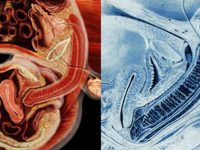







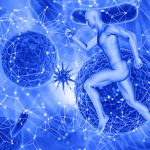


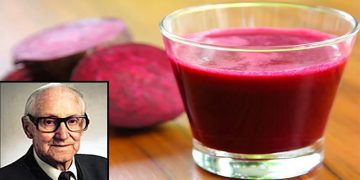


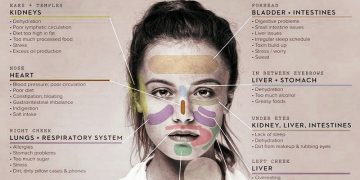

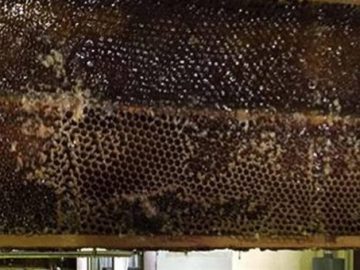






Connect with us